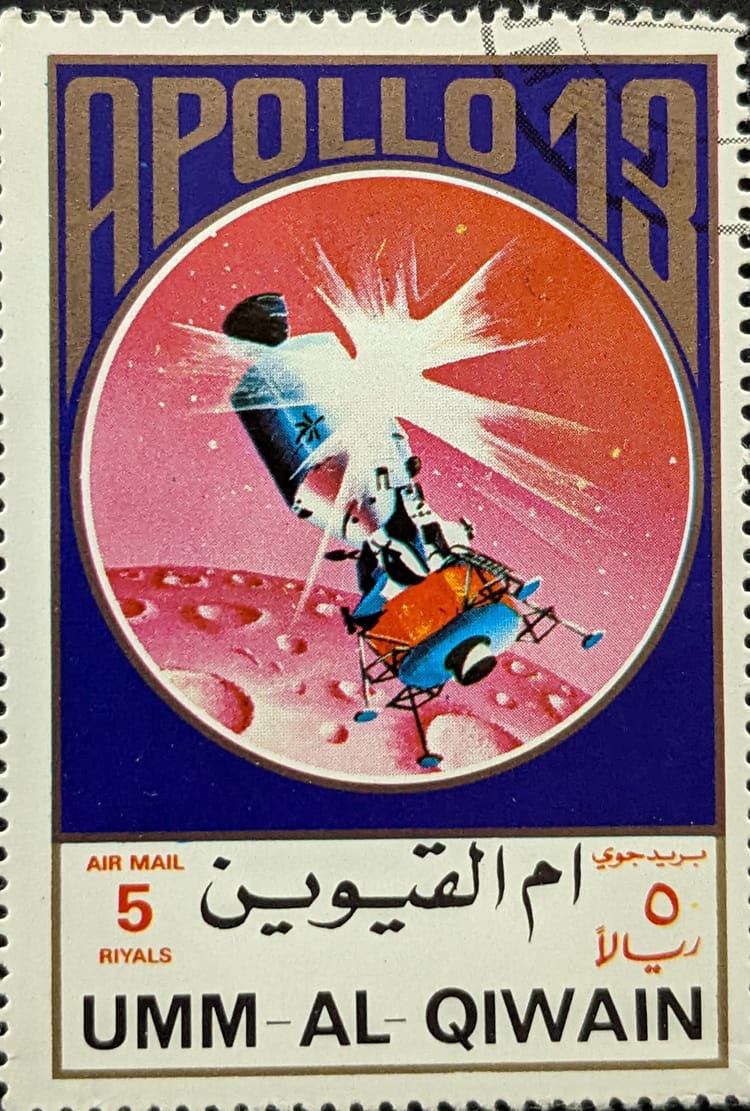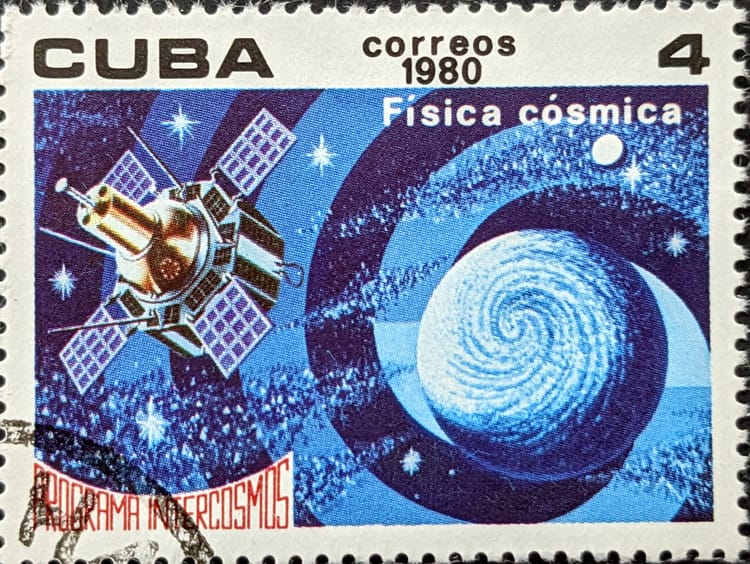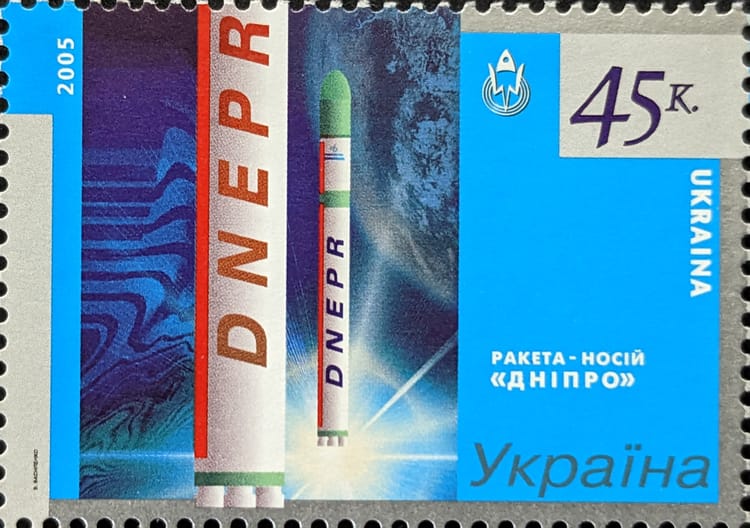Lunar Lander Contracts--Some Dependent on SLS
NASA’s announcement last week that it will be paying three contenders to work on lunar landers (NASA calls them human landing systems) for its Artemis program may turn out to be interesting. Of the three--Blue Origin, Dynetics, and SpaceX--not one has a working launch vehicle that is intended to be used to launch these landers. Although to be fair, NASA’s Space Launch System (SLS), a key part of Artemis (although that might be changing), is not ready either.
The three companies have a deadline of 2024 to successfully land their landers on the Moon, although the announcement is focused on a 10-month base period and NASA is allocating nearly $1 billion in total to all three companies. The weird part of the allocations is just how lopsided they appear to be, favoring Blue Origin and its National Team with a little less than $600 million. Dynetics received the second-highest share of the firm-fixed-price contracts with around $250 million. SpaceX’s contract was a little over half of Dynetics’ award, at $135 million.
Blue Origin fronts a partnership, which NASA refers to as the National Team, with legacy space companies such as Lockheed Martin, Northrop Grumman, and Draper Labs. Each one is building different elements of Blue Origin's lander--ascent, transfer, and descent. Dynetics will be herding a group of subcontractors, while SpaceX appears to be the lone wolf in this competition.
The initial lunar lander sketches provided from each contender also look somewhat different. The scale difference depicted among each company’s lander shows how modest Dynetics and Blue Origin’s offerings appear to be when compared with SpaceX’s Starship. Blue Origin’s and Dynetic’s vision of the lander looked very NASA-like. SpaceX’s stripped-down Lunar Starship looked like something from Fritz Lang’s “Frau im Mond.”
Guessing at Each Team's Capabilities
As far as capabilities are concerned, the amount of mass and people that could be ferried around by these systems varies greatly from each other. While there doesn't seem to be much information available regarding how much mass and how many people each lander could transport, a glance at the images allows for a few guesses--until these companies change the landers during development.
The lunar transports of Blue Origin and Dynetics look like they might be able to carry no more than 5-10 people. They are designed to be modular, with room for either placing a human transport or cargo pod on top of a common engine platform. But Blue Origin notes its lander will be able to transport "multiple metric tons" to the Moon. Both companies' landers leave behind aerodynamics (since they are only moving through space to the Moon and back).
Starship, as Elon Musk has been clear in his public plans, should be able to move about 100 people. The company is aiming for the standard Starship to be able to lift 100 tons to orbit, so it may be safe to assume the Moon Starship retains similar mass capabilities. SpaceX looks like it floated different versions of Moon Starship (you can see those images here), with one dedicated to transporting large equipment, like rovers, while the other is for humans. Since the original version of Starship is meant for Earth/Mars re-entry, Moon Starship's surface is very smooth and aerodynamic.
The weak link in all this may be NASA's SLS. In all iterations, it will not be able to lift more than 45 tons to lunar orbit. It's not designed to be launch very quickly (perhaps two times annually), and it will be very expensive to launch. While all contenders for the landers might be ready to go by 2024, it's not clear that SLS and Orion will be able to launch enough to justify supporting them. Especially when looking at what SpaceX potentially brings to the table.
Who’s in Pole Position?
Based on publicly available information, of the three contenders, SpaceX appears to be the furthest along with its Starship project. It’s well on its way in manufacturing and testing the engines that will be used for Starship. Starship itself is undergoing manufacturing iterations and those iterations subsequent testing, with the eventual test flight and landing of a Starship prototype apparently on the horizon in the next month or two. Whatever happens with that test, SpaceX will move quickly to the next gate to get Starship operational. Even if SpaceX were to fall behind in meeting the deadline, based on its history in other NASA programs, it would not be too far behind.
Blue Origin has been not as public with its progress on its launch vehicles or lunar lander. The company introduced a mock-up of its lander last year and has tested some of the engines that will power it. It’s unclear if Blue Origin has the lander in a state that’s more than a model. However, its partners might have access to some of the tech necessary for manufacturing a lander.
It should be noted, though, that all partners in the National Team are not known for moving or iterating quickly. For example, neither launch vehicle the lander is supposed to be launched on, either Blue Origin’s own New Glenn or the United Launch Alliance’s (ULA) Vulcan (of which Lockheed is a partner), are ready to launch, either. There's a lot that needs to come together for the team to meet the 2024 deadline
Of the three contenders, Dynetics is the seeming oddball. It’s likely not viewed in the same “new space” category as Blue Origin and SpaceX. But it does possess a portfolio of technologies and work that appears to make it a good contender for a lander. It has conducted work for a lander for another customer and has been involved with SLS, Orion, and Vulcan. It is clear that Dynetics likely has the technology and the manufacturing floor to build its lander. What isn’t clear is whether the company will take a more leisurely “prime pace” or embrace quicker approaches used by Silicon Valley companies to get to the Moon.
NASA emphasized its current approach to the Moon lander program is similar to its contracts for ISS Resupply and Commercial Crew programs. The former has been successful--at least for NASA and SpaceX. The latter looks like it will also be successful, but that’s not a sure thing until late May. Will the lander program be able to yield similar successes? It might, since SpaceX is involved and has a track record for getting things done--even if it’s a few years later than originally scheduled.
One-offs With Built-in Dependencies on a Non-Existent System with a Problematic History
In a previous analysis, “Flying Humans to Space, for Fun, Science, and Profit,” I noted that while the contracting mechanisms NASA is using for these programs are similar, the markets for them are definitely not. For ISS resupply, launch service providers like SpaceX and Northrop Grumman have a decent number of potential customers for satellite and other launches.

For commercial crew, that market is much narrower (and a subset of all potential missions available, as shown in the chart above). With the lunar landers, the market is much, much narrower and any contractor involved is likely faced with similar challenges to commercial crew launch providers.
At least for those lunar lander contractors who are building dedicated lunar landers. The landers Blue Origin and Dynetics are manufacturing are pretty much one-offs. They will be focused only on the task of ferry people from the Lunar Gateway (also not manufactured yet) to the Moon’s surface and back. Both companies’ landers require SLS to ferry astronauts up to the Lunar Gateway.
SpaceX, on the other hand, is repurposing what will likely be an existing vehicle, Starship. The company plans to manufacture a thousand of those for its Mars colonization purposes. If Starship becomes a reality, then the lunar lander version might actually be one of the safest NASA options for getting to the Moon. As it is, the standard version could be used to replace SLS if needed, perhaps even eliminating the need for a Lunar Gateway. This alone should be encouraging SLS contractors to accomplish their tasks a bit more quickly.
That (seemingly more real) possibility should be keeping a few stakeholders in legacy space companies awake. Some are already worried, with lobbyists encouraging representatives to become “disappointed” and “troubled” with NASA’s continuance of firm-fixed-price contracts for technology and services that might make the space administration’s own efforts irrelevant. As noted earlier, SLS and Orion might actually be the very weakest links in these lander efforts.




Comments ()